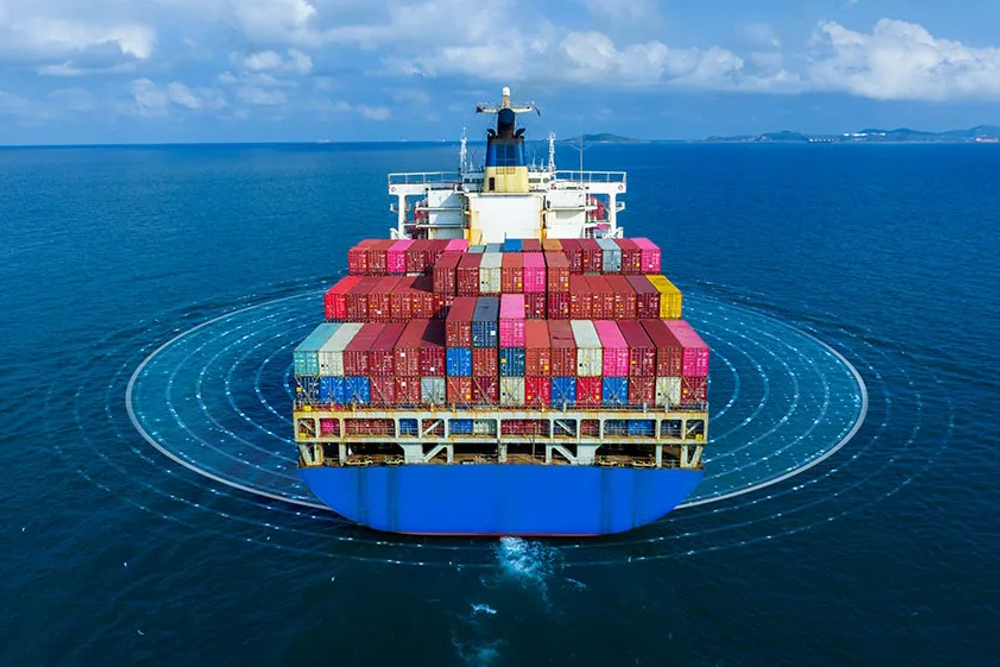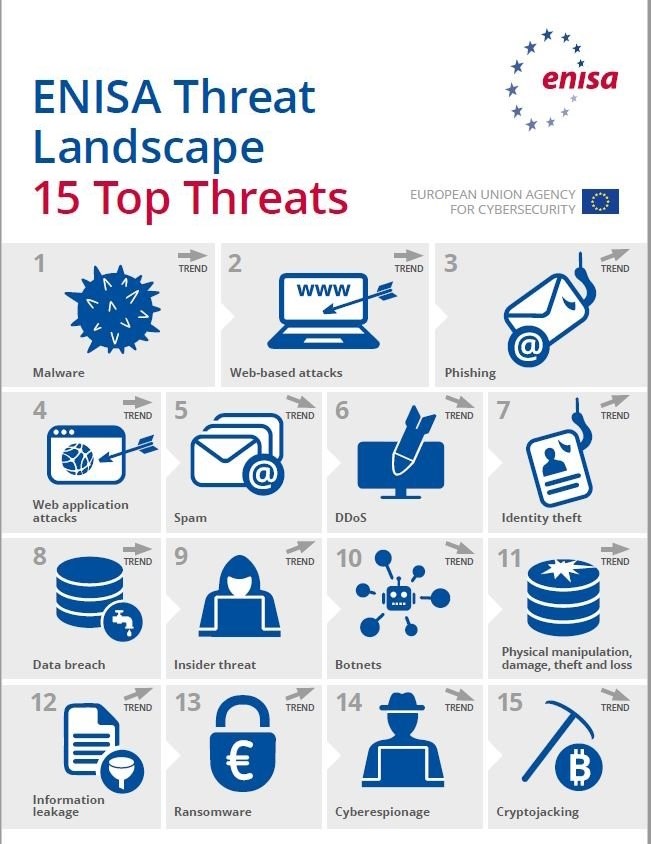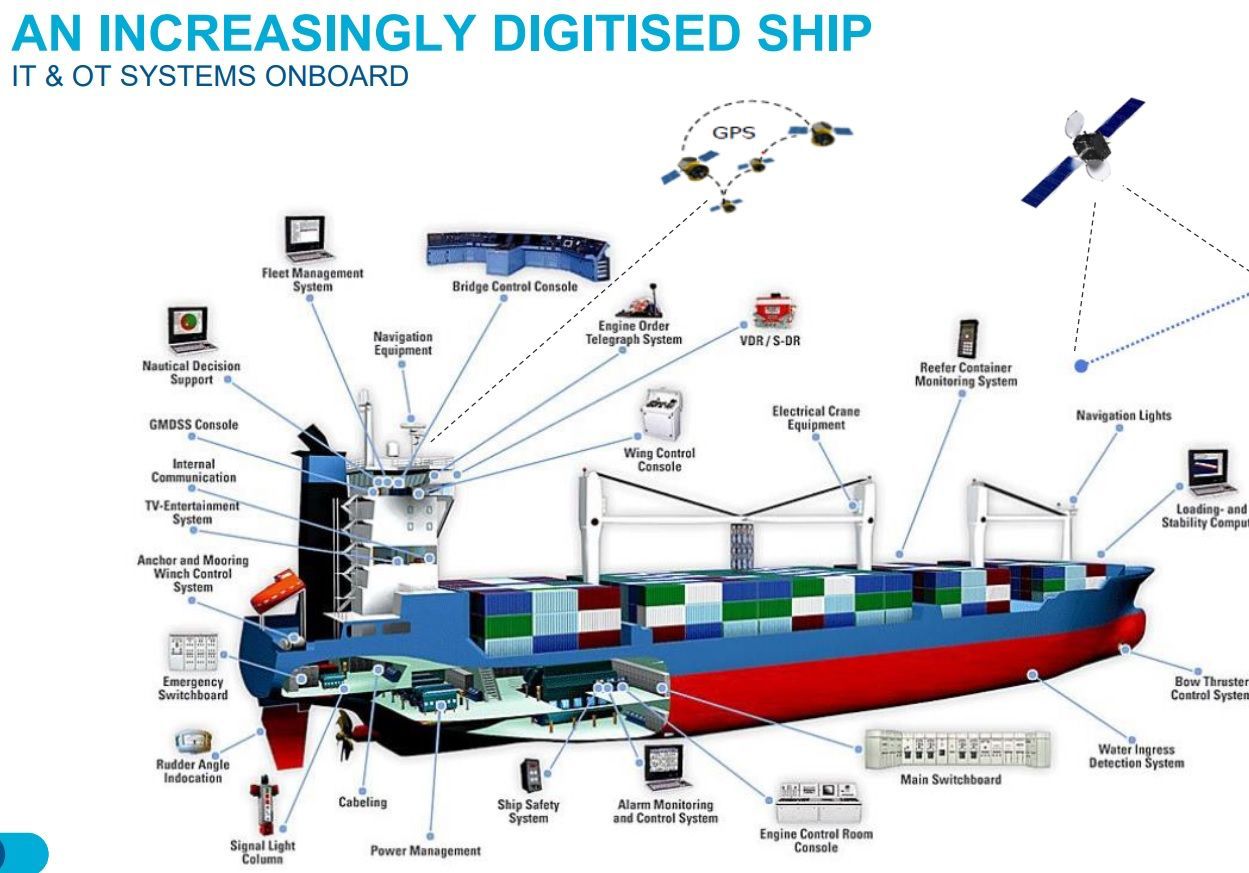
Challenges of cybersecurity workforce in the Marine Industry
The maritime industry is one of the critical industries facing a shortage of cybersecurity experts, making it difficult to mitigate cyber threats. There is a lack of trained personnel to implement, manage, and monitor cybersecurity systems, leaving many ships and port facilities vulnerable to cyber-attacks. The increasing number of cyber-attacks and the growing dependence on technology in various industries has led to a high demand for individuals with the skills and knowledge to protect against these attacks. However, the number of qualified individuals in the field has not kept pace with this demand, resulting in a shortage of cybersecurity experts. This shortage can make it difficult for companies and organizations to protect themselves against cyber threats and can also limit the development and implementation of new cybersecurity technologies and techniques.
The marine industry, like many other industries, is increasingly dependent on technology and connected systems, which can make it vulnerable to cyber threats. Maritime cyber vulnerabilities refer to the potential weaknesses in the digital systems and networks used in the maritime industry that can be exploited by cybercriminals. These threats can include attacks on ships' navigation systems, communication systems, and control systems, as well as on port and supply chain infrastructure. The consequences of a successful cyber-attack on a ship or port can be severe, including loss of life, environmental damage, and economic disruption.
Recalling cyber-attack incidents
One of the most significant recent maritime cyber compromises was the attack on the Maersk shipping company in 2017. This attack, which used the “NotPetya” malware, affected the company's entire IT infrastructure and led to a significant disruption of its operations. This cyber-attack caused the company to lose access to its data, communications systems, and shipping schedules, which resulted in the suspension of operations at several ports and delayed the delivery of cargo. The attack resulted in a loss of over $300 million and it took the company several weeks to fully recover.
Another significant recent attack was the hack on the ship management systems of a major South Korean shipping company in 2018. In this attack, cybercriminals used a spear-phishing email to gain access to the company's systems, which enabled them to steal sensitive information and disrupt the operations of several ships. The attack resulted in a significant disruption of the company's operations and a delay in the delivery of cargo.

Image Source: ENISA
Cyber Threats in the Marine Industry
The marine industry is facing a range of cyber threats, some of the most common include:
- 1. Navigation system attacks: Cyber criminals can gain control of a ship's navigation system, altering its course or disabling it altogether, potentially leading to collisions or grounding.
- 2. Control system attacks: Cyber criminals can gain access to a ship's control systems and manipulate or disable them, leading to damage or loss of the ship and its cargo.
- 3. Communication system attacks: Cyber criminals can intercept or disrupt communications between ships and shore-based systems, leading to confusion and loss of control.
- 4. Supply chain attacks: Cyber criminals can target port infrastructure and logistics systems to disrupt the flow of goods and cause economic damage.
- 5. Data breaches: Cyber criminals can steal sensitive data, such as personal data of crew members or confidential business information, potentially leading to reputation damage, legal problems, and financial loss.
- 6. Phishing, malware, and ransomware attacks: Cyber criminals can use these techniques to gain access to ship systems and steal data or disrupt operations.
One of the most critical threats to the maritime industry is the Remote Access Trojan (RAT). RATs are a type of malware that allows cybercriminals to remotely control infected devices. These types of attacks are particularly dangerous for the maritime industry because they can give cybercriminals access to sensitive information such as navigation data, ship configurations, and cargo information.
Another vulnerability is the use of outdated systems and software. Many ships and port facilities still use older systems that are no longer supported by the manufacturer and are vulnerable to cyber-attacks. Additionally, many ships operate in remote areas with limited access to cybersecurity experts, making it difficult to detect and respond to cyber-attacks.
These threats can have serious consequences, such as loss of life, environmental damage, and economic disruption. The marine industry is working to improve cybersecurity to better protect against these threats.

Mitigation of cyber-threats in the Marine Industry
There are several steps that the marine industry can take to mitigate cyber risk:
- 1. Implementing cybersecurity standards and guidelines: This can include following international standards such as the International Maritime Organization's (IMO) guidelines for maritime cyber risk management.
- 2. Establishing a cybersecurity management system: This can include identifying and assessing cyber risks, implementing controls to mitigate those risks, and regularly reviewing and updating the system.
- 3. Providing cybersecurity training for personnel: This can include training on how to identify and respond to cyber threats, as well as training on proper cybersecurity practices, such as how to avoid phishing scams or how to keep software updated.
- 4. Conducting cybersecurity testing and vulnerability assessments: This can include identifying vulnerabilities in systems and networks and implementing controls to mitigate those vulnerabilities.
- 5. Implementing secure communication methods: This can include using secure protocols for communication between ship and shore-based systems and implementing encryption to protect data.
- 6. Having incident response plans in place: This can include having plans in place for responding to a cyber incident, including identifying and containing the incident, and restoring normal operations.
- 7. Regularly patching and updating software: This can include keeping software up to date, including Operating Systems, Navigation systems and other software used on board.
- 8. Monitoring network traffic: This can include implementing network monitoring tools to detect unusual or suspicious traffic and taking action to mitigate any identified threats.
By taking these steps, the marine industry can better protect itself against cyber threats, minimize the impact of any incidents that do occur, and ensure the safety and security of ships, cargo, and personnel.
In conclusion, marine cybersecurity is still a relatively new field and there is a lack of standardization and a lack of expertise. The maritime industry is facing a significant number of cyber vulnerabilities and compromises, such as Remote Access Trojan, outdated systems and software, human factor, and lack of cybersecurity experts. These vulnerabilities can have a significant impact on the operations of ships and port facilities and can lead to the loss of sensitive information and the disruption of cargo deliveries. Due to the nature of the industry, it is hard to implement the same level of cybersecurity as in other industries such as finance or healthcare. The industry is still learning how to handle cybersecurity threats, and new solutions are continuously being developed to better protect the industry. The industry needs to invest in cybersecurity technology and awareness training to mitigate these vulnerabilities and ensure the security of its digital systems and networks.
About the Author
Captain Zarir Irani
